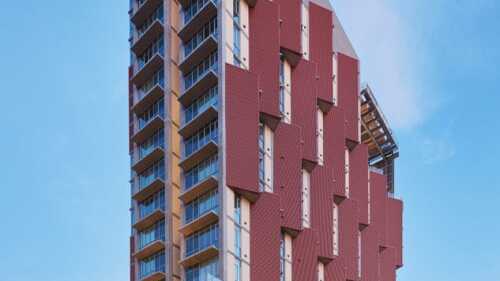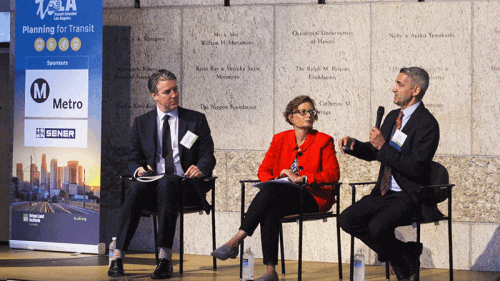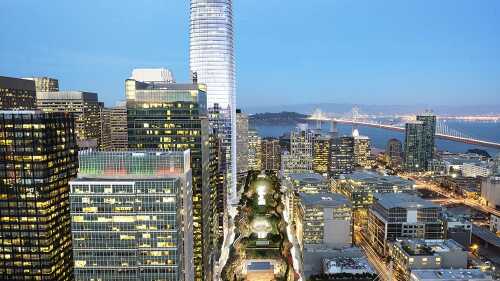Transit-Oriented Development
Detroit’s metropolitan area is slowly growing again, which means it’s time to focus on planning to accommodate more people in an area already light on transit infrastructure. For a place long known as Motor City, it has been an uphill battle to become a transit-oriented community, but what can the region do with its existing infrastructure in the short term?
In many ways, San Diego illustrates the challenges facing many attractive U.S. cities, including the demand for affordable housing, struggling retail, and the need for more senior housing. At the top of the list is a strong community wariness of any new development, which has made it difficult to build meaningful mixed-use projects, said speakers during a January panel discussion organized by ULI San Diego–Tijuana.
How can the public and private sectors work together to encourage more development around public transportation networks?
As Nashville prepares to turn its vision for a $6 billion regional transit plan into reality, the public and private sectors are exploring how transit can address other economic issues. ULI Nasvhille hosted a panel discussion on the opportunity for developers.
Graduated density zoning boosts the payoff to participating in land assembly—and could increase the supply of affordable housing.
A new report from the ULI Terwilliger Center says that U.S. suburban housing markets are well positioned to remain preferred places to live and work over the coming decades, even as urban cores and downtown neighborhoods continue to attract new residents.
During a session at the 2016 ULI Fall Meeting, panelists involved in the ULI Healthy Corridorsproject discussed strategies for transforming unsafe, unattractive, and poorly connected commercial corridors into thriving places that further the goal of creating healthy and economically vibrant communities.
This session at ULI Los Angeles conference provided an unusual opportunity to hear two of L.A.’s key planners discuss their attitudes, priorities, and philosophies, and offered a glimpse into the future of L.A. development as they addressed the myriad issues facing the city.
Downtown Manhattan got a new architectural landmark last week, with the opening of architect Santiago Calatrava’s World Trade Center Transportation Hub. The distinctive structure with wing-like ribs connects the PATH commuter trains from New Jersey to the New York subway system, as well as the trans-Hudson ferries. Take a virtual tour with this video by Bloomberg Business.
How public and private interests combined forces to overhaul the transit hub, now home to San Francisco’s tallest building, Salesforce Tower.







